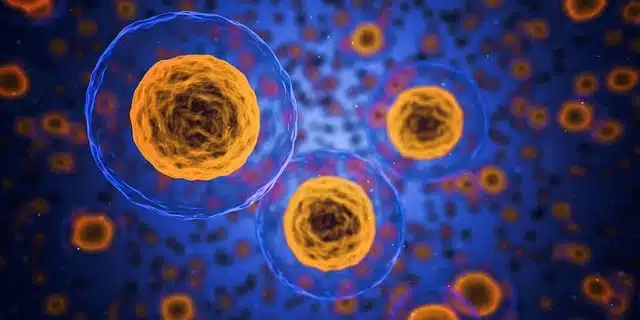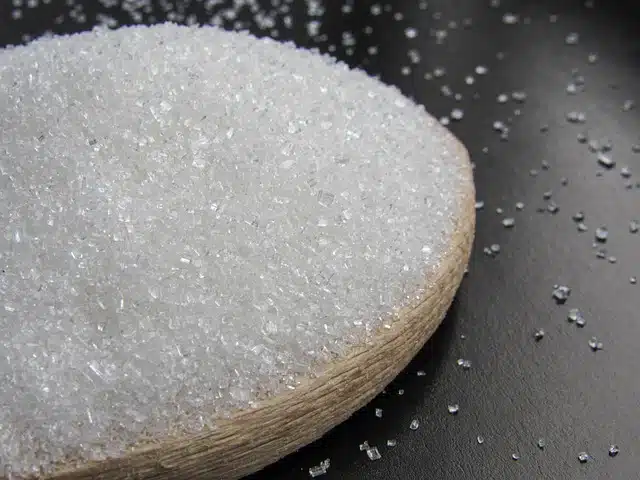
Glycolysis is a set of chemical reactions that allow cells to obtain energy.
Glycolysis is a term that is also accepted by the Royal Spanish Academy ( RAE ) as glycolysis (with an accent on the first I ). Glycolysis and glycolysis , in turn, are synonyms for glycolysis and glycolysis .
All of these ideas are used in the field of biochemistry to refer to the series of reactions that take place inside a cell to promote the degradation of sugars and, in this way, generate energy . It is, therefore, a metabolic pathway or pathway : a chain of chemical reactions in which the transformation of an initial substrate takes place through the intervention of metabolites, resulting in the obtaining of a final product.
Characteristics of glycolysis
Through glycolysis, the oxidation of glucose occurs. The succession of a dozen enzymatic reactions transforms glucose into a pair of pyruvate molecules, which then follow other metabolic routes to provide energy.
There are different types of glycolysis. The most common is the Embden-Meyerhof route , although there are other routes .
In short, glycolysis is the fastest mechanism for a cell to obtain energy . It is carried out in two stages: in the initial one, energy is spent in the transformation of the glucose molecule with two ATP, while in the second phase a high-energy compound is obtained that, after various steps, derives into the pyruvate molecules.

Glycolysis allows the oxidation of glucose.
Studies throughout history
The origins of the discovery of glycolysis date back to the 19th century . Among the scientists who contributed to the knowledge of these processes are the Frenchman Louis Pasteur (who in 1860 warned that fermentation was driven by microorganisms) and the German Eduard Buchner (with his studies on fermentation and cell extracts carried out in 1897). ).
After other advances, it was only in the 1940s that it was possible to know more precisely how glycolysis takes place. It was revealed, for example, that there are glycolysis reactions that are carried out in the Calvin cycle of plant cells.
In this sense, it should be noted that plants produce glucose as a byproduct of photosynthesis . Thanks to glycolysis, these organisms use glucose as energy in respiration that takes place beyond the presence or absence of light.
What is glycolysis for?
It can be said that glycolysis fulfills different functions in the body . By generating high-energy molecules ( nicotinamide adenine dinucleotide or NADH and adenosine triphosphate or ATP ), it produces the energy source necessary for the processes of fermentation and aerobic respiration.
In the metabolic pathway, in turn, carbons are generated that are used in various cellular processes. Regarding the production of pyruvate, this acid goes to the citric acid cycle , also called the Krebs cycle .
It must be considered that in the enzymatic reactions linked to glycolysis, oxygen is not used, achieving a partial decomposition of glucose. The most extensive decomposition is achieved through reactions that do use oxygen and that allow a higher level of energy to be produced.
